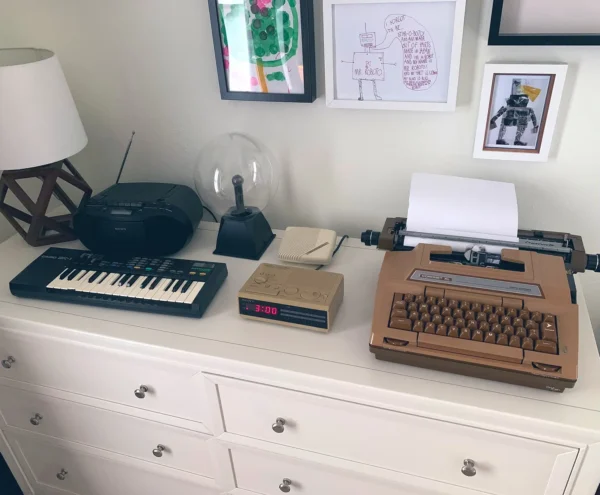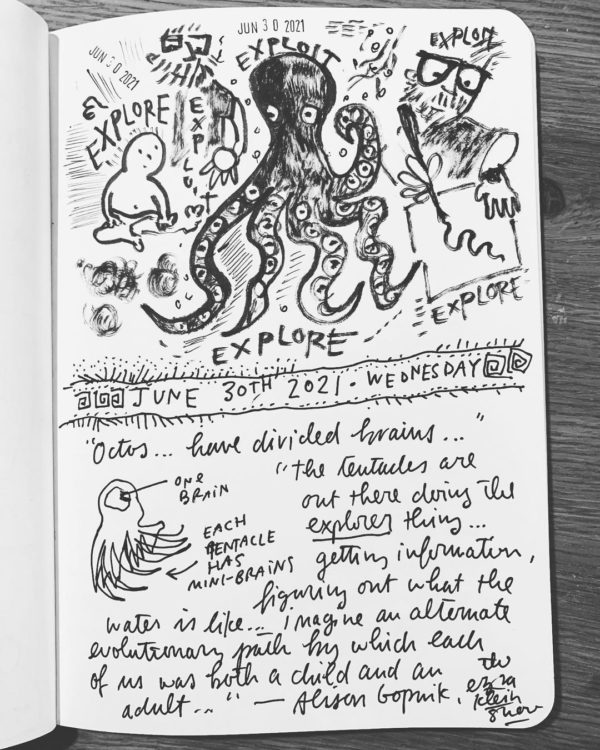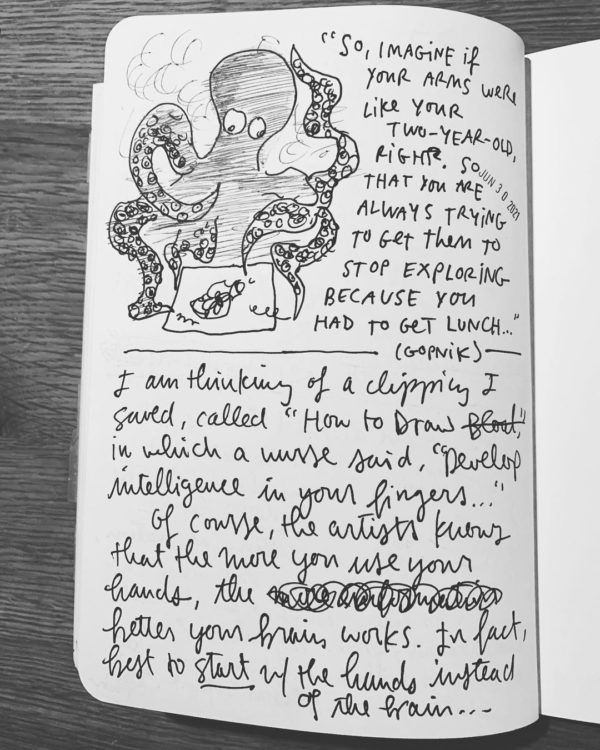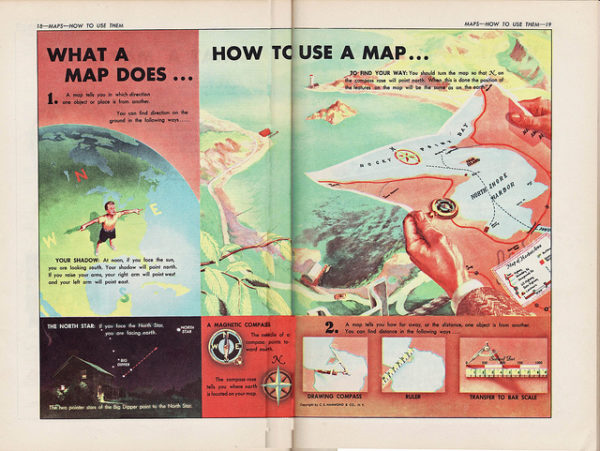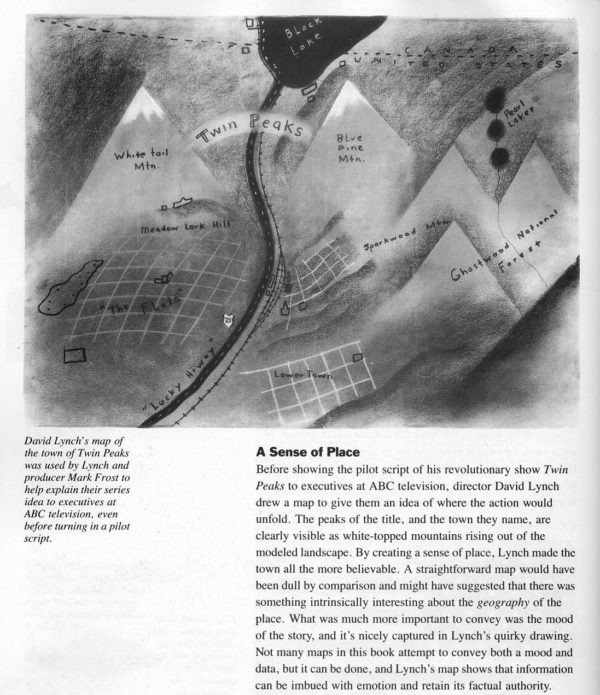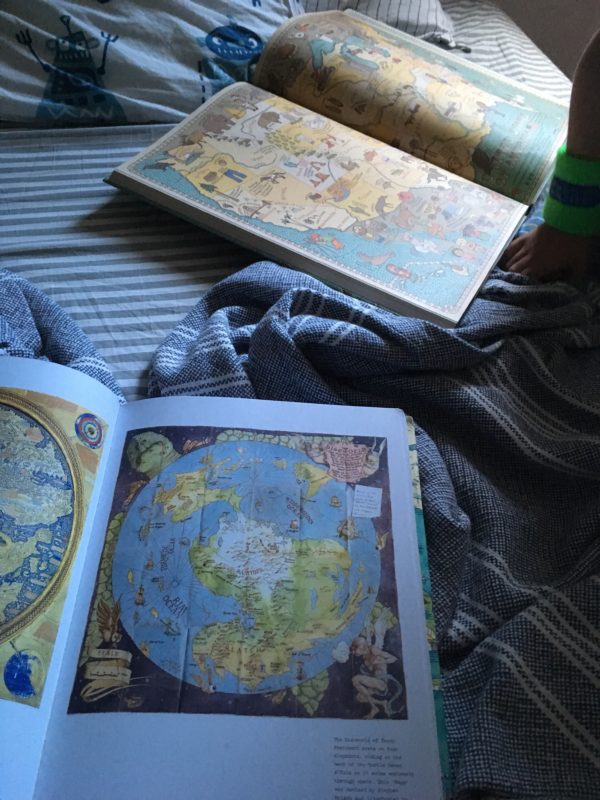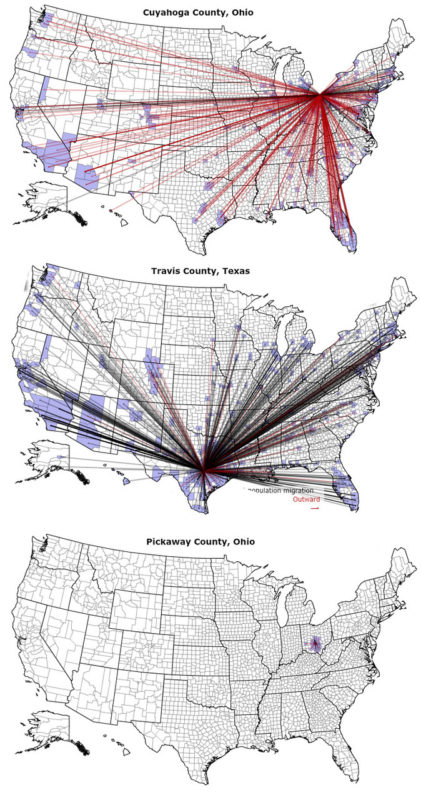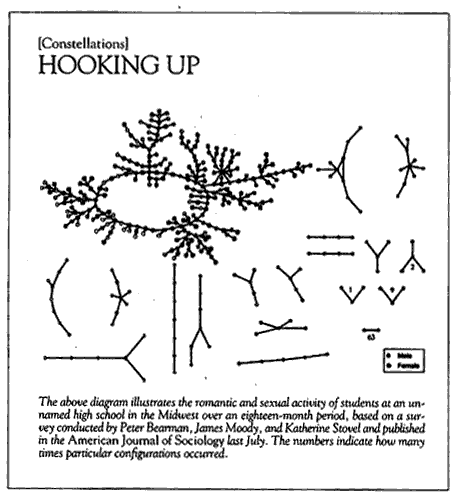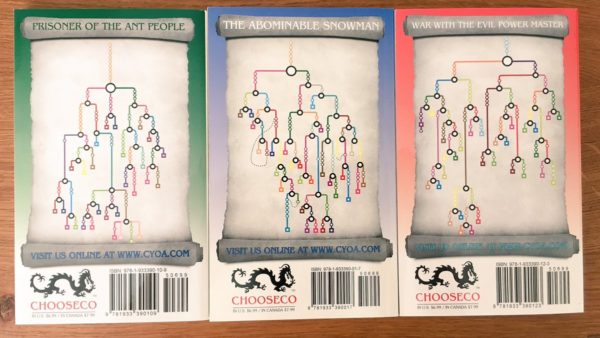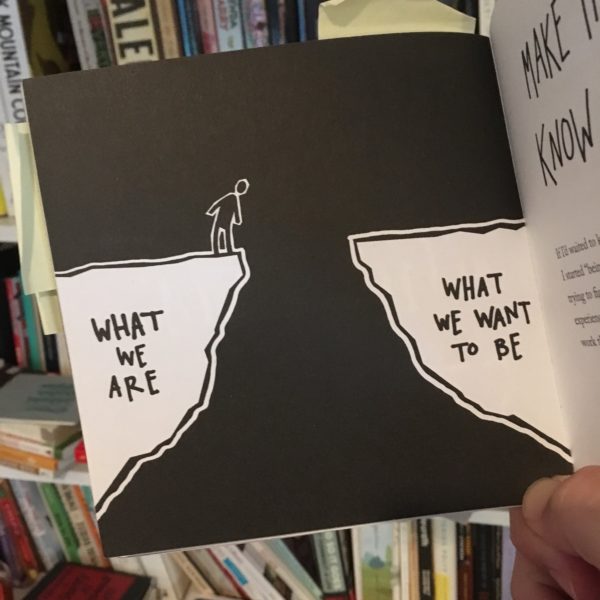
Tuesday’s newsletter was all about the wild and wonderful questions that kids ask:
I really think that the best artists and scientists are grown-ups who somehow manage to retain their ability to ask child-like questions.
In Harold Gardner’s Creating Minds, he writes:
“I contend that the creator is an individual who manages a most formidable challenge: to wed the most advanced understandings achieved in a domain with the kinds of problems, questions, issues, and sensibilities that most characterized his or her life as a wonder-filled child.”
Read more in “Questions without answers.”
